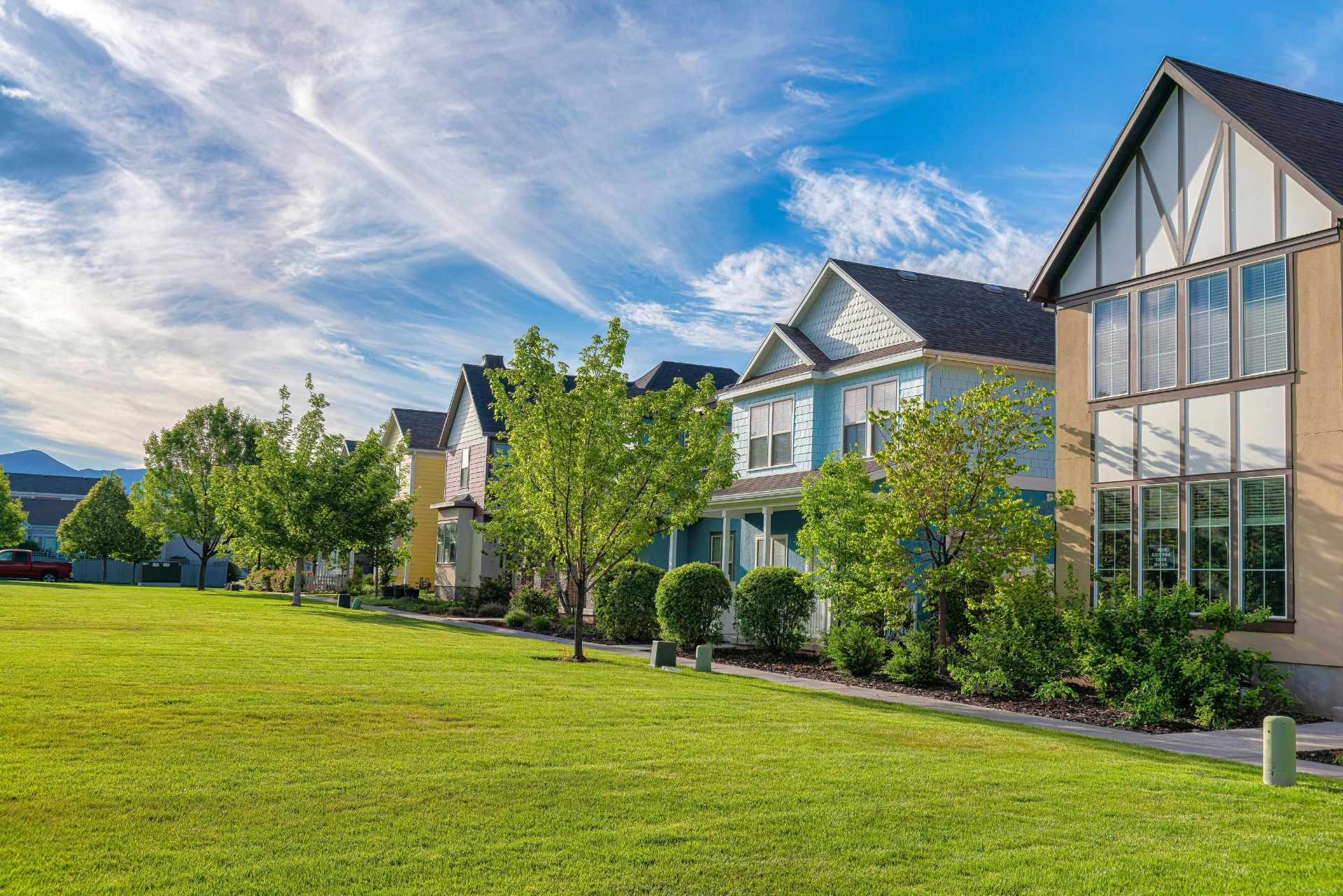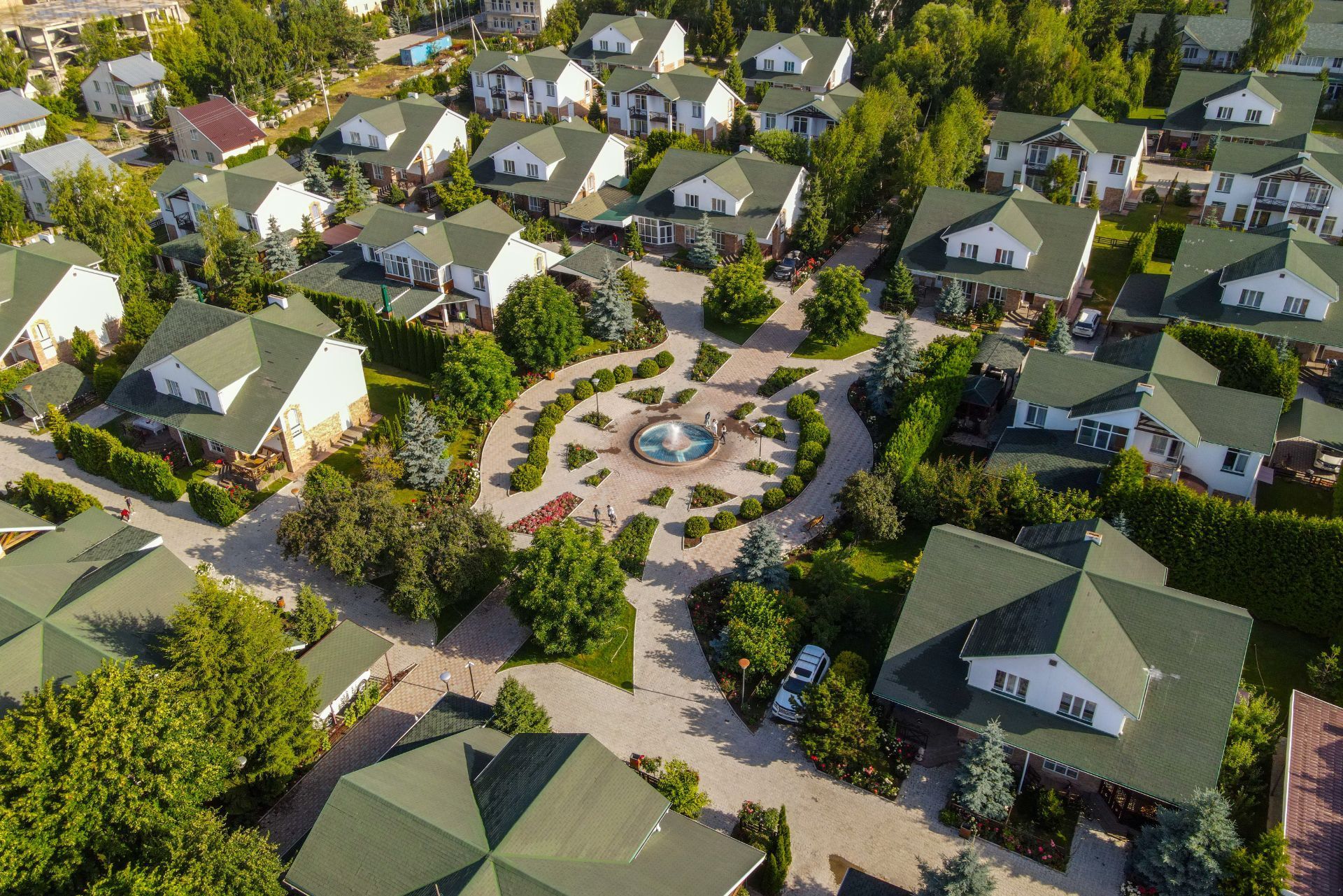Top 3 Recommended Policies

Homeowners associations (HOAs) play a vital role in managing community living across New York, overseeing thousands of properties and shaping neighborhood experiences. Yet, as the insurance landscape shifts dramatically, understanding HOA insurance has become more critical than ever for board members, homeowners, and property managers alike. With premiums rising sharply and new legislative scrutiny underway, this article dives deep into the current state of New York’s Homeowners Associations industry, the factors driving insurance cost increases, and what stakeholders need to know to navigate these challenges effectively.
The Rising Cost of HOA Insurance in New York
Insurance premiums for apartment buildings and community associations in New York have surged at an unprecedented rate over the last few years. Between 2020 and 2023, apartment building insurance premiums in Brooklyn more than doubled, while Manhattan and Queens saw increases of over 50%. This dramatic rise has put significant financial pressure on HOAs, which often must pass these costs onto homeowners through increased fees or special assessments.
Community association leaders are feeling the pinch as well. In 2024, nearly 90% reported increases in property and casualty insurance premiums, with almost a quarter experiencing hikes between $101 and $500. These figures underscore the widespread impact of insurance inflation on New York’s residential communities.
Such steep premium growth is not isolated to apartment buildings alone. According to the Consumer Federation of America, homeowners insurance premiums in New York increased by 13% between 2021 and 2024, with the average annual premium reaching $3,303 in 2024. This trend signals a broader insurance market adjustment affecting all types of residential properties.
The factors contributing to this surge in insurance costs are multifaceted. One major influence is the increasing frequency and severity of natural disasters, which have prompted insurers to reevaluate their risk assessments and pricing structures. In New York, events such as hurricanes, flooding, and even severe winter storms have led to substantial claims, driving up costs across the board. Additionally, the rising costs of construction materials and labor have made it more expensive for insurers to cover potential damages, further contributing to the inflation of premiums.
Moreover, the regulatory environment surrounding insurance in New York adds another layer of complexity. With lawmakers and regulators under pressure to ensure that insurance remains accessible, there is an ongoing debate about how to balance the needs of consumers with the financial realities faced by insurance companies. This has led to discussions about potential reforms in the insurance market, including the introduction of more competitive pricing models and enhanced consumer protections. As these conversations unfold, community associations and homeowners alike are left to navigate the uncertainty of rising costs and the implications for their financial planning.

Key Drivers Behind Insurance Premium Increases
Several factors contribute to the rising cost of homeowners association insurance in New York. One of the primary drivers is the inflationary pressure on construction materials and labor costs. Sean Kevelighan, CEO of the Insurance Information Institute, points out that "much like Americans are experiencing higher prices for virtually all material goods, a key driver for homeowners' insurance has been around the likes of construction materials."
Beyond inflation, natural catastrophes have played a significant role. The Insurance Information Institute reported in July 2024 that increasing natural catastrophe losses, alongside inflation and legal system abuse, are major contributors to rising homeowners insurance costs since the pandemic. These factors combine to increase the risk profile for insurers, who then raise premiums to offset potential losses.
Another critical element is the tightening underwriting standards. Sean Kent, Senior Vice President of Insurance at FS Insurance Brokers, explains, "All of these outside influences are coming together and forcing insurance carriers to be much more selective on who they’re going to insure." This selectivity means some HOAs may struggle to find affordable coverage, or any coverage at all, further complicating the insurance landscape.
Additionally, the increasing frequency and severity of climate-related events, such as hurricanes, floods, and wildfires, have prompted insurers to reassess their risk models. As these unpredictable weather patterns become more common, insurance companies are left with no choice but to adjust their pricing structures to reflect the heightened risk. For instance, areas that were once considered low-risk are now facing higher premiums due to the potential for catastrophic damage, leaving many homeowners associations grappling with the financial implications of these changes.
Moreover, the legal environment surrounding insurance claims has also evolved, contributing to the upward pressure on premiums. The rise in litigation related to insurance disputes has made it increasingly costly for insurers to operate. Insurers are now facing not just the costs of claims, but also legal fees and settlements that can arise from disputes over coverage. This trend has prompted many companies to increase their premiums as a precautionary measure, further straining the budgets of homeowners associations trying to maintain adequate coverage in an uncertain regulatory climate.
Legislative and Industry Responses
The surge in insurance premiums has not gone unnoticed by lawmakers. In August 2025, New York state legislators launched an investigation into the causes of rising homeowners insurance premiums and the potential barriers to insuring homes. This move reflects growing concern about affordability and access to insurance coverage for residents across the state. Legislators are particularly focused on understanding the impact of climate change and natural disasters, which have been cited as significant factors driving up costs. As extreme weather events become more frequent, the pressure on insurers to cover potential losses increases, leading to higher premiums for homeowners.
At the same time, the Homeowners' Associations industry in New York continues to expand, projected to reach $11.4 billion by 2024 with nearly 5,000 establishments and close to 33,000 employees. This growth highlights the increasing reliance on HOAs to manage community living, even as insurance costs challenge their operational budgets. Many HOAs are now tasked with not only maintaining property values but also navigating the complexities of insurance procurement in a volatile market. This dual responsibility often leads to difficult decisions about budget allocations, with some associations considering raising fees or cutting services to cover the rising costs of insurance premiums.
Industry stakeholders are closely watching legislative developments, hoping for reforms that could stabilize insurance markets and improve coverage availability. Meanwhile, many HOAs are exploring risk mitigation strategies and insurance alternatives to manage escalating expenses. Some are investing in community resilience initiatives, such as enhanced drainage systems and firebreaks, to reduce the risk of damage from natural disasters. Additionally, there is a growing trend toward collective purchasing agreements among HOAs, allowing them to pool resources and negotiate better rates with insurance providers. This collaborative approach not only helps to lower costs but also fosters a sense of community among residents, as they work together to safeguard their homes and neighborhoods.
Implications for Homeowners and HOA Boards
For homeowners, rising HOA insurance premiums often translate into higher monthly fees or special assessments. Understanding the factors behind these increases can help residents engage more effectively with their boards and advocate for prudent financial planning. Homeowners should familiarize themselves with the specific risks their community faces, such as natural disasters or crime rates, which can significantly impact insurance costs. By being informed, they can contribute valuable insights during discussions about budget allocations and insurance strategies, ensuring that their voices are heard in the decision-making process.
HOA boards face the complex task of balancing adequate insurance coverage with budget constraints. They must navigate a market where insurance carriers are more selective and premiums are volatile. Proactive risk management, including regular property maintenance and disaster preparedness, can help mitigate insurance costs over time. Furthermore, boards may consider exploring alternative insurance options or bundling policies to secure better rates. Engaging with insurance brokers who specialize in HOA coverage can also provide boards with tailored advice and innovative solutions to reduce costs without compromising on coverage.
Additionally, transparent communication with homeowners about insurance challenges and cost drivers is essential. Educating members on why premiums are rising and how the association is responding fosters trust and cooperation during financially stressful periods. Regular updates through newsletters or community meetings can keep residents informed and involved, encouraging them to participate in discussions about potential cost-saving measures. Moreover, involving homeowners in the decision-making process not only enhances community engagement but also empowers them to take an active role in safeguarding their investments, ultimately leading to a more resilient and financially sound community.

Looking Ahead: What to Expect in the New York HOA Insurance Market
Given current trends, New York’s HOA insurance market is likely to remain challenging in the near term. Inflationary pressures, climate-related risks, and legal system factors will continue to influence premium rates and coverage availability.
However, ongoing legislative scrutiny and industry adaptation may bring some relief. Innovations in insurance products, increased competition, and regulatory reforms could help stabilize the market over time.
For now, HOAs and homeowners must stay informed and engaged. Leveraging expert advice, exploring alternative risk management approaches, and maintaining open dialogue within communities are key strategies to navigate this evolving landscape.
For more detailed insights into the insurance premium trends, the Foundation for Community Association Research offers valuable data and analysis that can help stakeholders understand the scope and scale of these increases.
As the landscape shifts, it’s crucial for HOAs to consider the implications of emerging technologies in risk assessment and management. Tools such as predictive analytics and artificial intelligence can provide deeper insights into potential risks, allowing associations to tailor their insurance needs more effectively. By harnessing these technologies, HOAs can not only mitigate risks but also potentially lower their premiums by demonstrating a proactive approach to risk management.
Moreover, community engagement plays a vital role in navigating the complexities of the insurance market. Regular meetings and workshops can empower homeowners with knowledge about their insurance policies, coverage options, and the importance of maintaining property values. By fostering a culture of transparency and collaboration, HOAs can ensure that all members are well-informed and prepared to make decisions that benefit the entire community, ultimately leading to a more resilient and cohesive neighborhood.
Contact Us
Phone
Location
